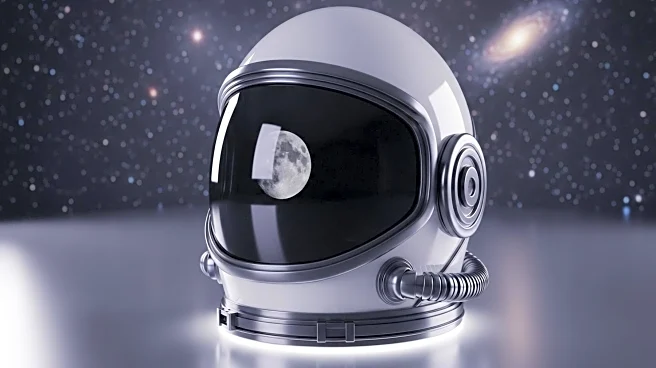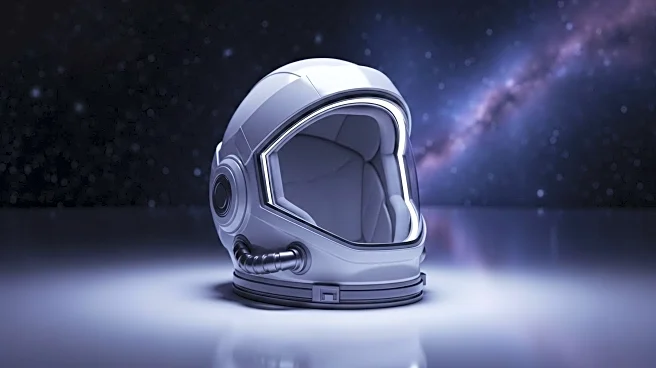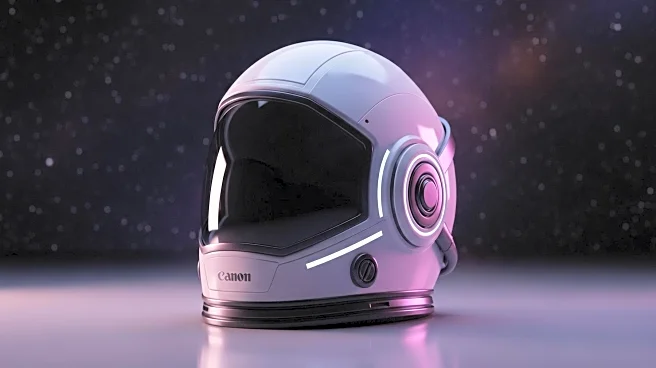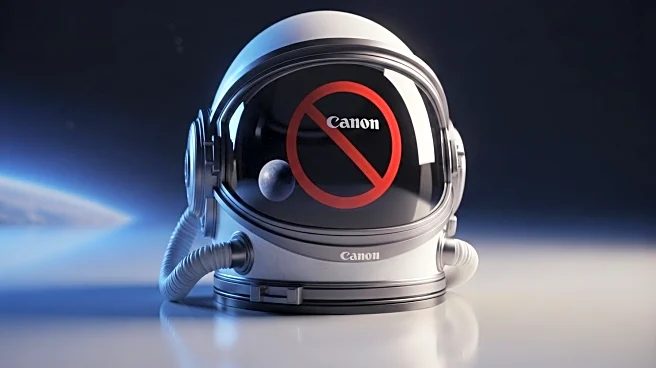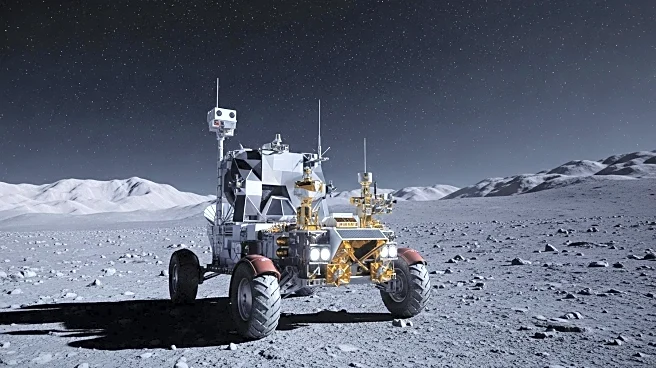What is the story about?
What's Happening?
NASA has implemented a policy that restricts Chinese nationals from accessing its facilities, even if they possess valid U.S. visas. This decision, effective from September 5, 2025, was confirmed by NASA's press secretary, Bethany Stevens, who cited the need to ensure the security of NASA's work. The move comes as the U.S. and China are engaged in a competitive race to return to the moon. Chinese nationals, who were previously allowed to work at NASA as contractors or students, found themselves suddenly barred from accessing NASA's systems and facilities. This development is part of a broader context where Chinese astronauts are already excluded from the International Space Station due to U.S. government restrictions on data sharing with China.
Why It's Important?
The restriction of Chinese nationals from NASA facilities underscores the intensifying space race between the U.S. and China. This competition has significant implications for national security and technological supremacy. The U.S. aims to maintain its leadership in space exploration, particularly in the context of potential lunar resources, which could be worth billions. The decision reflects broader geopolitical tensions and concerns over espionage and technological theft. The move could impact scientific collaboration and the exchange of knowledge between the two countries, potentially affecting global space exploration efforts.
What's Next?
The U.S. is expected to continue its efforts to outpace China in the space race, with Acting NASA Administrator Sean Duffy expressing confidence in the U.S.'s ability to reach the moon before China. This competition may lead to increased investments in space technology and infrastructure. Additionally, the U.S. government may implement further measures to safeguard its space-related technologies and data. The situation could also prompt diplomatic discussions or tensions between the U.S. and China regarding space exploration and technological collaboration.
AI Generated Content
Do you find this article useful?






